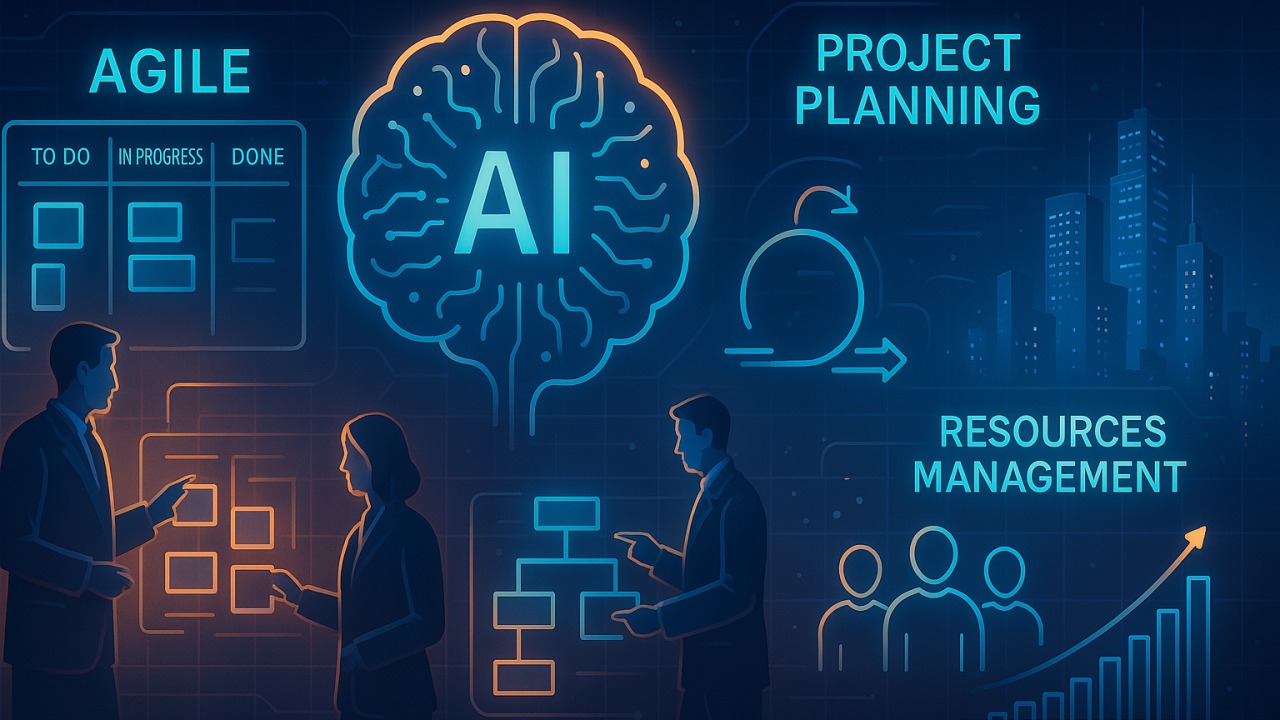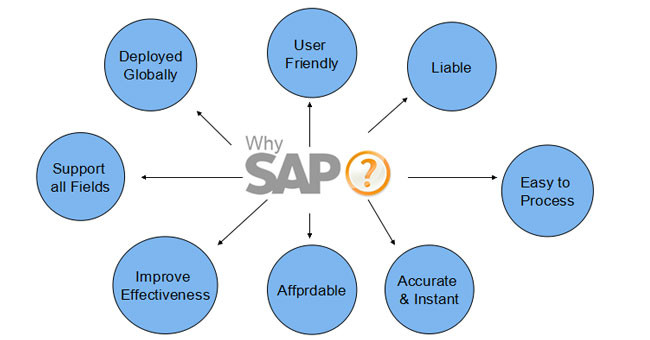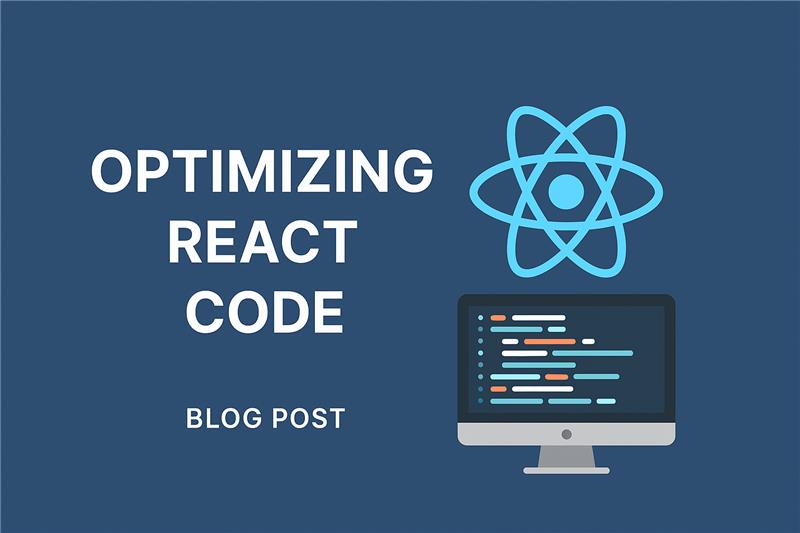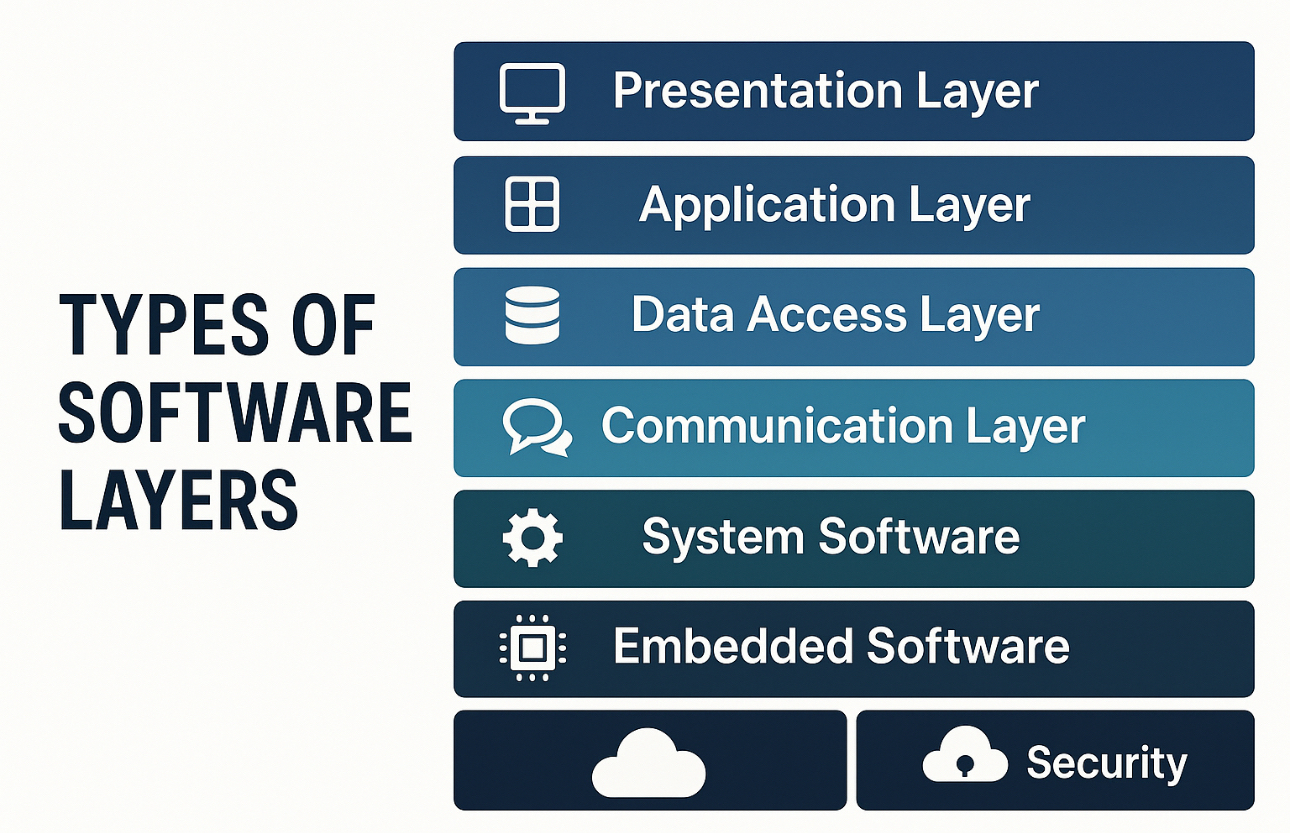
Introduction
In today's fast-paced digital landscape, Agile methodologies are no longer optional— they're essential for organizations striving for flexibility, innovation, and speed. But as Agile teams grow and projects become increasingly complex, business analysts (BAs) face a new challenge: how to manage, analyze, and act on large volumes of data efficiently.
Enter Artificial Intelligence (AI) — the game-changer for Agile delivery. From automating routine tasks to improving decision-making, AI tools are transforming how business analysts contribute to Agile teams.
In this post, we'll explore the top AI tools and techniques that can help business analysts thrive in Agile environments.
1. AI-Powered Requirement Gathering and Analysis
Requirement gathering can be tedious and time-consuming. AI now makes it smarter.
Tools to Explore:
- ChatGPT / Gemini / Claude: Generate user stories, acceptance criteria, and test cases based on business goals and stakeholder inputs.
- Jira Assistant AI plugins: Analyze existing tickets to identify duplicates, dependencies, or gaps in requirements.
- Microsoft Copilot: Helps refine backlog items and even summarize sprint reviews using AI insights.
Use Case Example:
Instead of manually writing user stories, a BA can input high-level business goals into ChatGPT, which generates detailed, structured stories following the “As a [user], I want [feature], so that [benefit]” format — saving hours of manual work.
2. AI in Backlog Prioritization
Prioritizing a backlog is often subjective, relying heavily on intuition or stakeholder pressure. AI tools can make this process more data-driven and objective.
Tools to Try:
- Aha! Roadmaps with AI: Suggests backlog priorities based on business value, risk, and estimated effort.
- Monday.com AI Assistant: Analyzes past project outcomes to predict which tasks have the highest impact.
- ClickUp Brain: Uses historical performance data to recommend what features deliver the most value.
Pro Tip: Combine AI recommendations with traditional prioritization techniques (like MoSCoW or WSJF) for best results.
3. Smarter Sprint Planning and Forecasting
AI tools can analyze sprint velocity, burndown rates, and blockers to predict project outcomes or highlight potential delays.
Tools to Explore:
- Atlassian Intelligence (for Jira & Confluence): Identifies sprint risks and predicts workload bottlenecks.
- Forecast.app: Uses AI to automate resource planning and estimate delivery timelines based on real data.
- Monday Dev AI: Suggests sprint capacity planning improvements based on previous cycles.
Impact for BAs: You can proactively alert teams to capacity issues, helping Scrum Masters plan sprints with greater accuracy.
4. Enhanced Communication and Collaboration
AI can streamline communication between Agile teams, reducing misinterpretation and speeding up alignment.
Tools to Consider:
- Notion AI / Confluence AI: Summarize meeting notes and create instant documentation.
- Otter.ai: Automatically transcribes stand-ups and retrospectives with action item summaries.
- Slack AI: Provides quick answers to team queries and summarizes long message threads.
Example: Instead of manually updating a Confluence page after every sprint, Notion AI can automatically generate a summary from meeting notes or recorded discussions.
5. Predictive Analytics for Continuous Improvement
AI helps Agile teams move beyond retrospectives by identifying patterns in delivery data that humans might overlook.
Tools to Explore:
- Tableau with Einstein Analytics (Salesforce): Leverages AI to find delivery inefficiencies and forecast improvements.
- Power BI with Copilot: Creates dashboards that reveal sprint trends, blockers, and performance predictions.
- Jira Align with AI Insights: Suggests process improvements based on team performance data.
Result: BAs can back recommendations with data, improving stakeholder confidence and decision-making.
6. Risk Management and Quality Assurance
AI can identify risks early and enhance product quality through intelligent testing and validation.
Tools to Consider:
- Testim.io (AI testing): Automatically generates and updates test cases from user stories.
- Appvance IQ: Uses AI-driven testing to identify high-risk areas in your application.
- Azure DevOps Copilot: Highlights dependencies and risk factors before deployment.
Example: As a BA, you can integrate AI testing insights into sprint retrospectives to understand why certain defects occur repeatedly and how to prevent them.
Conclusion: The AI-Augmented Business Analyst
The Agile world is evolving, and so is the role of the business analyst. With the right AI
tools, BAs can move from reactive analysis to proactive, predictive, and strategic
contributors.
Key Takeaways:
- Use AI to automate repetitive tasks like user story creation and documentation.
- Rely on predictive analytics for better sprint planning and risk management.
- Embrace AI-driven insights to guide prioritization and continuous improvement.
AI won't replace the business analyst — but those who leverage AI will certainly outpace
those who don't.
Post a comment Cancel reply
Related Posts
October 30, 2025
What is SAP? How does it work?
The full form of "SAP" is “Systems Applications and Products in Data Processing” which is…
October 3, 2025
Optimizing React Performance: An Advanced Guide for Scalable Applications
In today’s fast-paced digital ecosystem, software systems have become the backbone of every enterprise’s technological…
October 3, 2025
Types of Software Layers
In today’s fast-paced digital ecosystem, software systems have become the backbone of every enterprise’s technological…
August 25, 2025
React Fiber and Reconciliation: The Engine Behind Modern React UX
As modern web applications grow in complexity, delivering a smooth, responsive user experience is more…

















